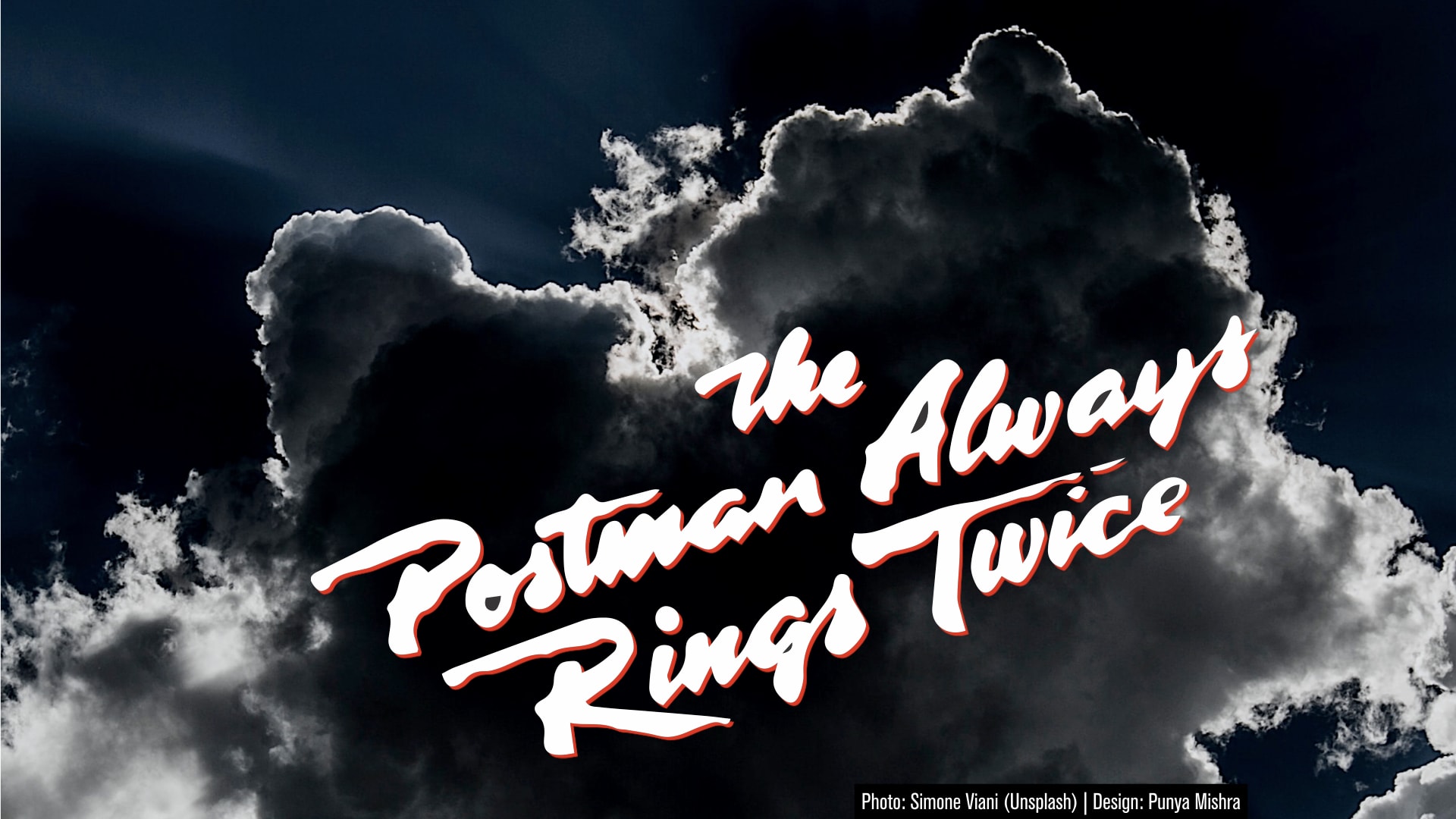All of us have walked through a sun-dappled forest. However, few of us have noticed that underneath are feet are thousands of little perfect circles. This is often difficult to see because these little perfect circles often overlap into irregular globs of sunlight. However, if you find a single piece of sunlight within the shadows of the leaves above – you will a perfect circle of sunlight. And when I say a perfect circle, I mean exactly that, perfect! Where do these perfect little circles come from?

As it turns out, each of these circles is a little image of the sun – filtered through gaps between leaves in the trees. These gaps act as little pin-hole cameras, throwing tiny (inverted) images of the sun, onto the grass or ground beneath.
This may be difficult to believe, but there is one easy test. What if the sun were somehow converted from a circle to some other shape – a square perhaps. If what I am saying above is right, what we would see below our feet would be thousands of tiny, perfect squares.
Now, it is impossible for us to change the shape of the sun – but if we wait long enough there is one astronomical phenomenon that does change the shape of the sun (at least as perceived from earth) – and that is during an eclipse.
So if our theory is right, if we stand in the shadow of a tree during an eclipse the shadows beneath our feet would show, not circles, but rather hundreds and thousands of little eclipses.
In 1994, on the 10th of May to be exact, when I was a graduate student at the University of Illinois at Urbana-Champaign, I had a chance to observe this, and I took some pictures.
Last week I had visited some sections of CEP240 (with Father Mark Inglot) to speak about religion (or the lack thereof) and had mentioned this phenomenon, and had asked interested students to email me, if they wanted to see these pictures. One of the students took me at my word, and I took this opportunity to upload these pictures onto my Flickr site. You can see them here.
Incidentally I had first read of this in a book, Sympathetic Vibrations: Reflections on Physics As a Way of Life, by K. C. Cole, many years ago when I was a high school student in India.



0 Comments